If you have been using WordPress for a specific amount of time or running a WordPress website, you are surely aware of the existence and the abundance of WordPress plugins available out there.
There are too many different plugins for you to choose from the WordPress plugin repository, which makes it difficult to decide which ones are worth your time and which one do you need.
Because the vast majority of plugins are free, it is important to note that they usually do not come with tech support. For this reason, it is important to be careful when choosing which ones you want to install on your site.
What does plugin mean?
When I hear the word “plugin”, I think of it as an essential part of WordPress. So, what does plugin mean?
Plugins are small pieces of software that contain a group of functions, that can be added to a WordPress website. WordPress plugins are written in PHP programming language and their purpose is to ease the work of users, to add features without knowing a single line of code.
How many plugins are out there?
Have you ever wonder how many plugins are out there? There are over 50,000 plugins in WordPress (As of today, there are 55,573 WordPress Plugins available on WordPress).
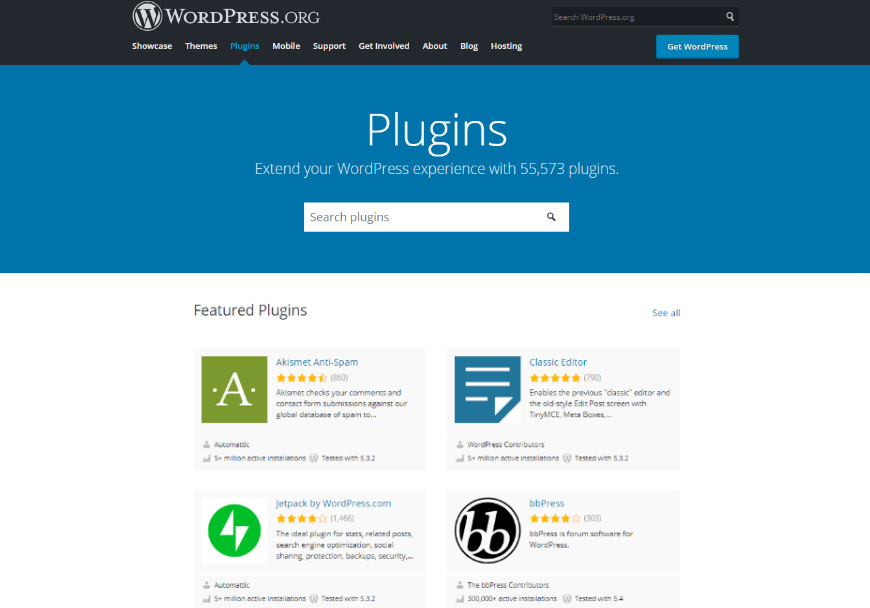
It depends on your requirements or what your site needs, the number is enormous. WordPress plugins have categories, each category serving a different purpose and you need to install only a few of them which could prove best for you.
How do plugins work?
Each WordPress plugin installed on your site is registered in your WordPress database. You can activate and deactivate them at any time you want. The WordPress plugin API offers a robust set of hooks and filters which allow developers to modify existing WordPress functionality or add new functionality.
A plugin can change your website in two ways:
- Front-end changes- This includes changes that users can also visually notice and interact with, like a weather forecast plugin or google maps plugin.
- Back-end changes– This includes plugins that change performance stats or improve SEO of your website but don’t display any visual effect that users could see or interact with, belong in this group.
Which WordPress plugins to use?
The number of WordPress plugins that are available can make for an overwhelming experience when trying to choose the right one. You may be looking for a plugin that makes your site run faster, a good SEO plugin, or perhaps you want to add a membership area.
There are plugins for virtually everything you want to do and luckily for you, there are out there free and paid WordPress plugins, one of the safest places to download WordPress plugins is in the WordPress Plugin Directory. And to make your life easier, here is a list (and an article too) with 5 must-have WordPress plugins:

- Yoast
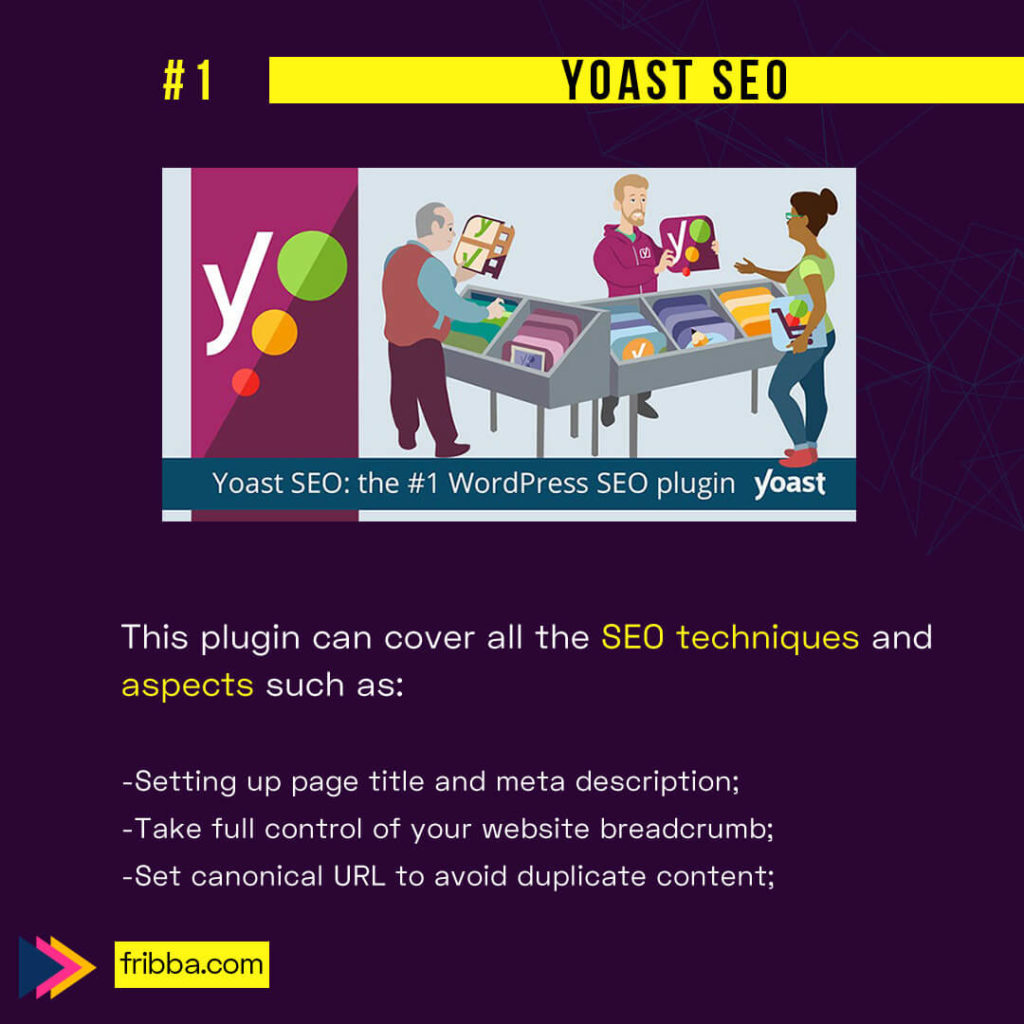
- Google XLM SiteMap
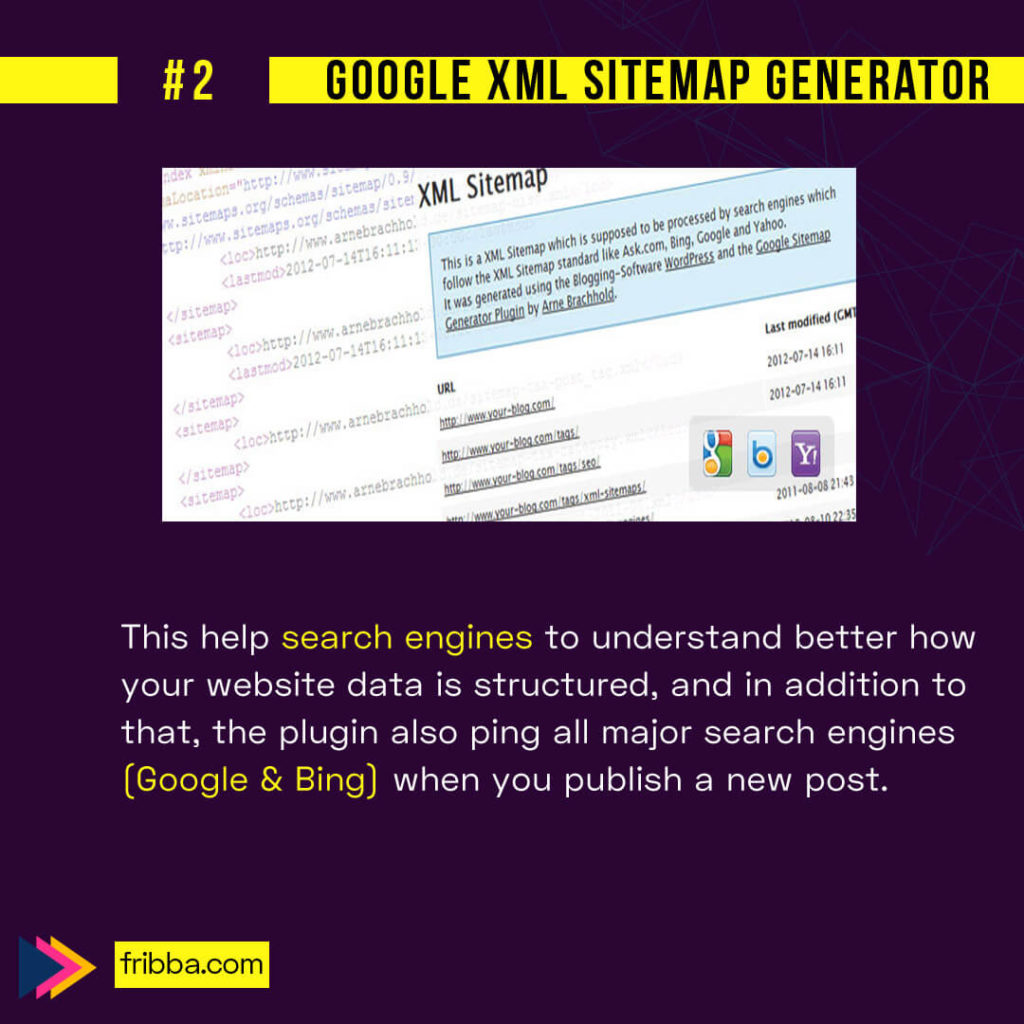
- reSmush-it
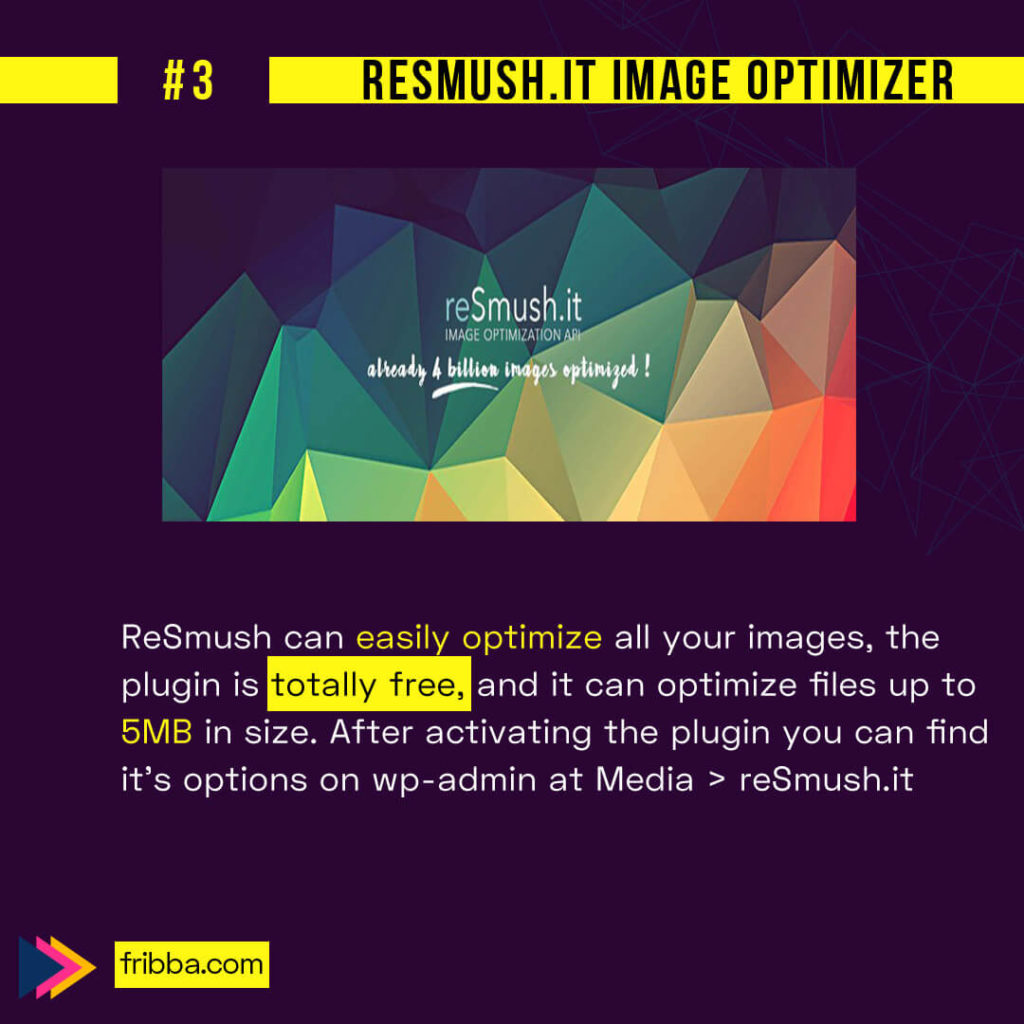
- Autoptimize

- Contact Form 7
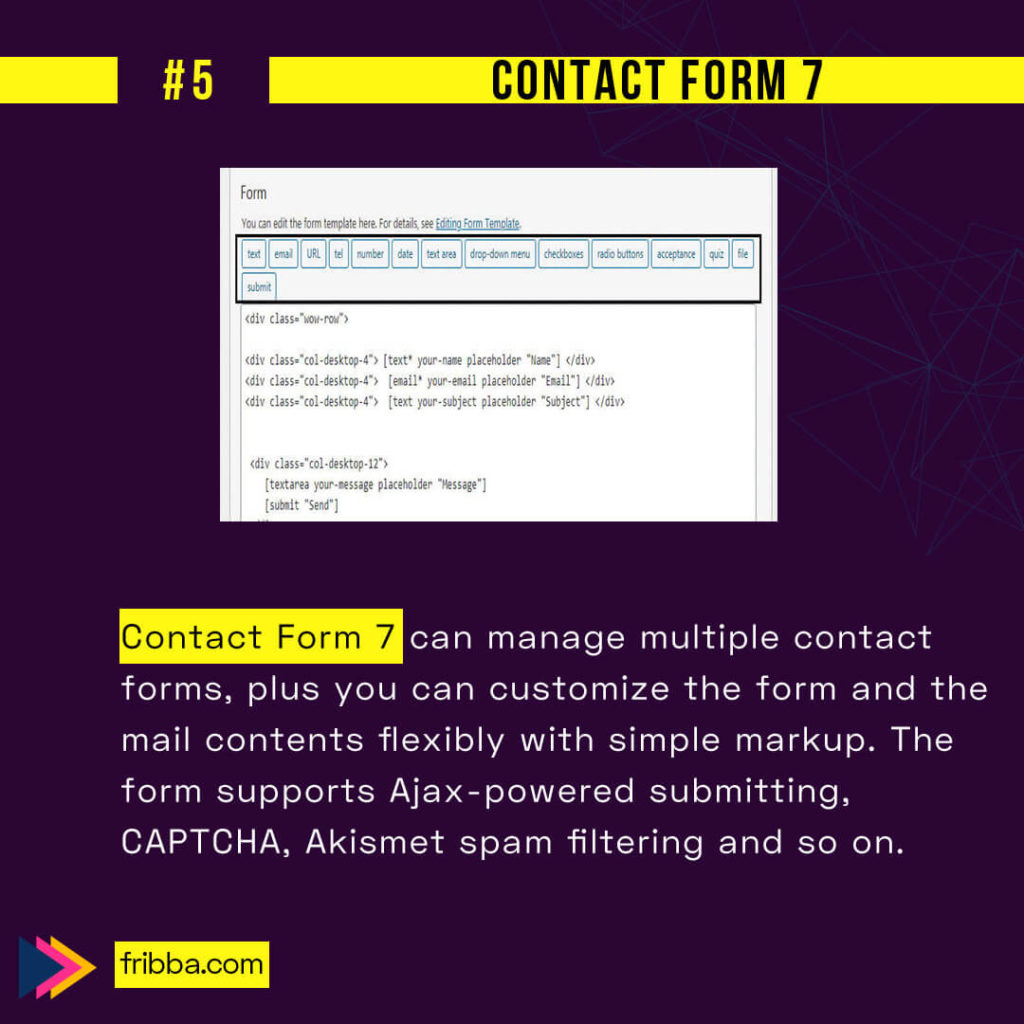
Know your plugins
Knowing your plugins will help you shift through the choices you have to make in order to create a secure, lean, creative and functional WordPress website.
Take this “rules” as a guideline to prevent the worst-case scenarios:
1. Less is More
Plugins allow you to do interesting and fun things that otherwise you wouldn’t be able to do. But, the bigger the number of plugins you install, the greater the risk of problems occurring within your website.
Let me bottom-line this for you, each active plugin slows down your website by 5 milliseconds (more or less). Imagine that for, let’s say, 20 active plugins, your site will take a tenth of a second longer to load.
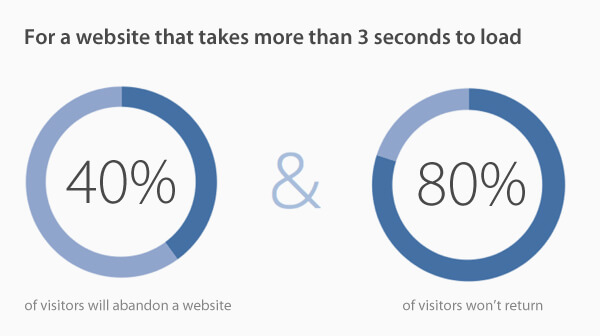
2. Updates
WordPress developers work 24/7 to provide the latest updates to their work, so us, the user can manage your websites. This is our business, right?
They do this to keep up with WordPress Core, first of all, to patch security holes, to fix bugs and ultimately to add new functionalities.
It is in your best interest to update your plugins, themes, from time to time, just to avoid facing yourself been exposed to potential threats.
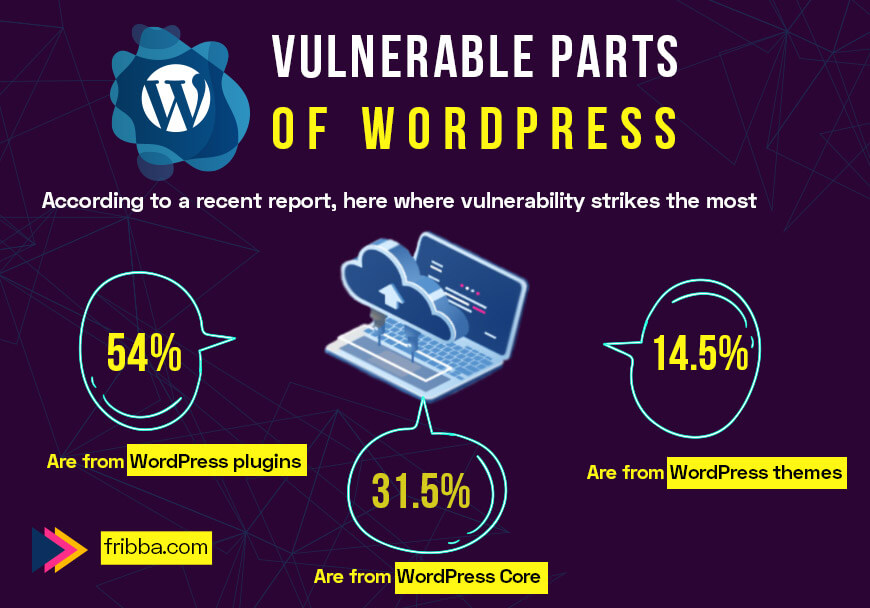
3. Delete
Many people keep a library with unused plugins, inactive, just in case they will need them with another occasion, but even leaving them on the server can lead to security risk.
So, if you aren’t using the plugins, go and remove them entirely. If you change your mind, you can always find them later in the WordPress Plugin Repository.
4. The Purpose
In this competitive world, there’s no such thing as one plugin per purpose, or whatsoever.
Each plugin used should do something significant to improve your audience’s experience. The way you use your plugins, affects your site’s design, speed, and it can affect your brand also.
So, use just the ones that you really need, for the purpose you want to achieve.
5. Trusted Plugins
Since plugins have the power to ruin your site, you just have to make sure they have been developed by someone who lasts behind their product with professional support.
Only install plugins that come from a trusted source (either WordPress Plugin Repository or a trusted plugin developers team). Trusted plugin providers will keep coming with updates.
Social Media is a great way to pop-up the question “Which plugins should I use?” for example, and more to that, if you use #WordPress in no time people will interact with you.
6. What You Pay is What You Get
Out there on the market are free and also paid plugins, therefore you can’t expect support for a product you haven’t paid (all the hard work the developer team did), so please be reasonable.
For more on this topic, we recommend you take a look at our guide on What WordPress Plugins Do I Need On A Newly Started Website?
We hope this article helped you understand what is a plugin and how it works, as a result, we would appreciate it if you will spread the word among us.
.Wonderfull.

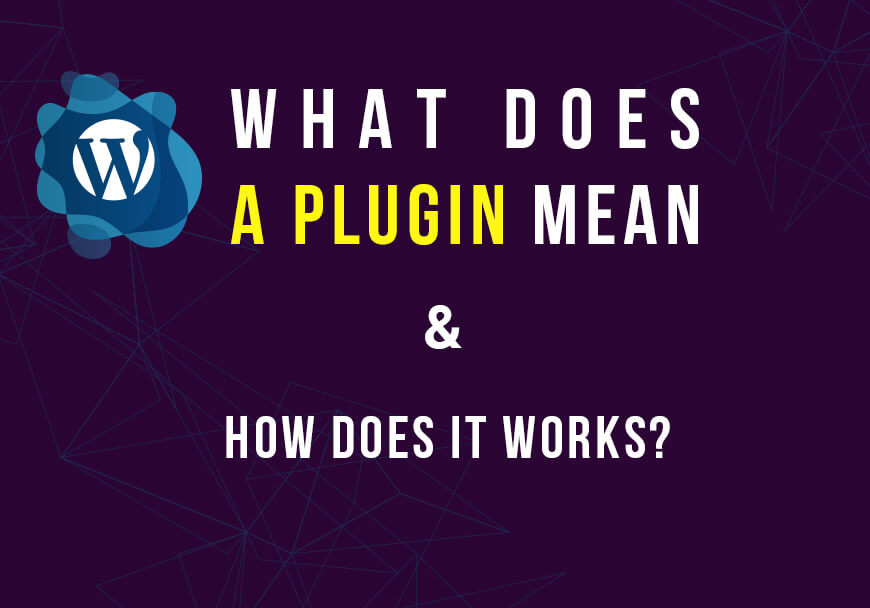




No Comments